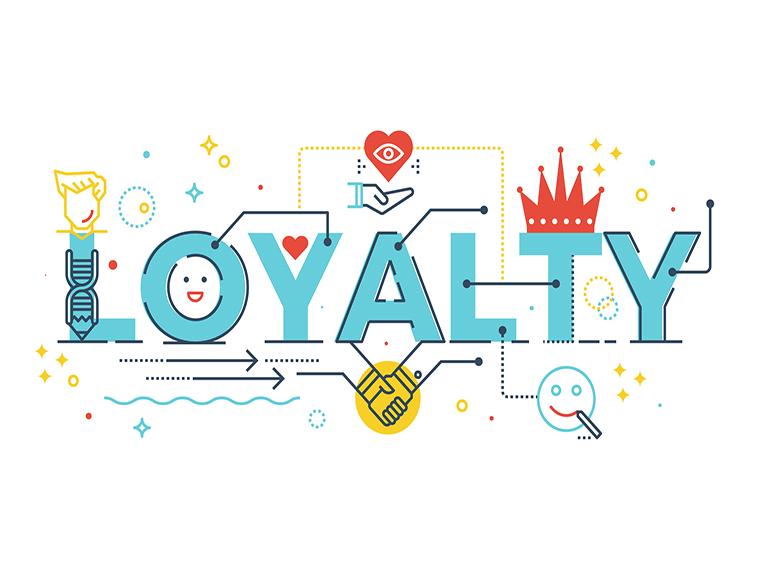Study: Loyalty program experiences falling short
Despite increasing loyalty program membership enrollments, retailers continue to miss opportunities to satisfy shoppers.
Brands continue to invest more in loyalty programs, and enrollment has grown by 31% over the last four years. However, retailers are overlooking opportunities that will drive business results, according to “The Loyalty Report 2017.”
The report, from brand loyalty agency Bond Brand Loyalty and Visa, captured responses from more than 28,000 consumers in the United States and Canada. Data revealed that the average number of programs a consumer belongs to grew to more than 14 from 10.9 memberships from just three years ago, yet members actively engage with only half of those memberships.
Program member satisfaction remains steady year-over-year (YoY) at about 46%, highest among payment cards and retail such as gas/convenience, grocery and warehouse. It is lowest in telco services, apparel, automotive OEM and services and consumer packaged goods—though they hold great potential, except for coalition, the study revealed.
Marketers are spending more to maintain program member satisfaction, and 81% of consumers agree that loyalty programs make them more likely to continue doing business with a brand. Same as last year, 76% of members said that programs are part of their relationship with brands, and 67% of consumers modify the brands they purchase to maximize the benefits they earn.
However, only 22% of members said they are treated better than customers not enrolled in the program. Within this 22%, overall program satisfaction is 3.4 times higher than those who do not sense that they are treated better as a member. Yet, 57% of members do not know their points balance, and 38% are unaware of their points value.
Meanwhile, 27% of program members said they have a consistent experience across each point of interaction with the brand (e.g., online, by email, by phone, in person), and only 3 in 10 members strongly agree the loyalty program experience is consistent with what they have come to expect from the brand.
Digital influences are also playing a bigger role in loyalty programs. Online enrollment accounts for more than one-half of new memberships, and 57% of members want to interact with loyalty programs via mobile device. However, 52% of members don't know if an app exists for their programs, the report revealed.
When it comes to redemption, redeemers are twice as satisfied with loyalty programs as non-redeemers; yet more than one-fifth of program members have never redeemed rewards. The redemption experience—the anticipation of reward, as well as ease of redemption—is also more important than the actual reward.
Redemptions most impact satisfaction in drug store retail, where 41% more redeemers than non-redeemers are satisfied. Conversely, redemption is driving the lowest difference in satisfaction in consumer packaged goods, co-brand airline, private-label credit cards and bank branded points programs.
"Today's hyper-informed consumers expect personalized and shared interactions delivered through a combination of human and digital experiences,” said Bob Macdonald, President and CEO of Bond Brand Loyalty. “By engineering the program with every asset of a brand's loyalty ecosystem and making adjustments to differentiate the member experience, brands can improve engagement and substantially increase program performance for gains in lift, retention and lowered marketing costs."


